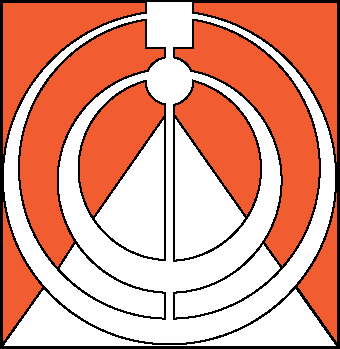Getting Their Feet Wet: Sixth Graders Learn About the Water Cycle in Mi-STAR Pilot
Monday, November 7, 2016
Imagine you are 11 years old. Now imagine you are called upon to develop a management strategy for a once well-behaved river that's started flooding in spring and drying up in summer.
In a half dozen sixth-grade classrooms across Michigan, students are doing just that. They are the first cohort to pilot the first unit in the Mi-STAR curriculum,
which is under development at Michigan Technological University.
Within the next two years, the Michigan Science Teaching and Assessment Reform project (Mi-STAR) aims to complete an entire 22-unit middle-school science curriculum that aligns with the Next Generation Science Standards. The ultimate aim is to better educate a generation of Michigan citizens, not only by providing a deeper understanding of science and engineering, but also by developing the critical thinking skills they need to meet the challenges of the 21st century.
In this first unit, sixth graders are learning about the water cycle, discovering how and why water moves throughout the Earth. The unit also incorporates the built environment—the things people build that affect the water cycle.
Like all Mi-STAR units, it begins with a challenge. In this one. the students are summoned before a mythical planning commission that is faced with a worrisome water-cycle problem. The river running through their community is being loved to death. Humans have flocked to what was once a well-behaved stream and haven for wildlife but which now floods in spring and dries to a trickle in summer. A benefactor is giving the community a large waterfront parcel, with the stipulation that it be used to restore the river's original flow. But what, exactly, should the commissioners do? It's up to the sixth graders to find an answer.
They'll have about six weeks, says Tony Matthys, a member of the Mi-STAR curriculum team that helped develop this unit. “They have to learn what's causing the flooding and what they have to do to change that,†he said. “But first, they have to define the problem and learn to apply the basic engineering concepts of design criteria and constraints. That's the bedrock of a successful solution.â€
The pilot began Oct. 17. During the first week, the classes learned about systems and system models, beginning by watching a video of a man quickly tying a complicated knot. They then tried to tie it themselves. “It's impossible,†Matthys notes. Following written directions wasn't any easier. But after viewing a system model–simple illustrations of the knot-tying procedure–the students succeeded.
“They learned that if you want to understand how something works, you have to simplify, and you have to understand relationships,†said Matthys.
To reinforce the concept of system thinking, they looked at Rube Goldberg machines. “Those are great examples of lots of little machines that are part of a larger system,†he said. The classes divided into small groups, and each drew a diagram of one “little machine†on paper, eventually integrating it into the whole. “It went well,†he said. “The students are really getting it.â€
Last spring, the team began work on the unit, which is based on Mi-STAR's research into educational best practices. “I didn't come up with the model,†Matthys stressed. “We pulled together good ideas about curriculum design that were already floating around in the ether and turned them into a new package.â€
In the summer, teams of Michigan science teachers then built on their initial work, eventually creating detailed lesson plans. Now the six teachers who are piloting the unit—three from the Midland Public Schools, two from the Grosse Pointe Public School System and one from the Grand Rapids Public Schools—are meeting regularly with curriculum developers at Michigan Tech to give feedback. “Based on their experiences, we're tweaking the unit to make it better,†said Matthys.
“It's been really exciting to see the progress,†he added. “Last spring, the unit was very bare-bones. Then the teachers really fleshed it out, and now we're getting great feedback from the pilot classrooms. The teachers tell us their students are taking the initiative, driving their own learning, which is what Mi-STAR is all about.â€
By spring, the lessons should be classroom ready, so the unit can be made available for broader field testing. Matthys is looking forward to the day when sixth graders all over the state will be pondering how to fix a broken river.
“I think the students will really get a kick out of it.â€
GET Mi-STAR NEWS BY E-MAIL!
Copyright © 2025 Mi-STAR
Mi-STAR was founded in 2015 through generous support provided by the Herbert H. and Grace A. Dow Foundation. Mi-STAR has also received substantial support from the National Science Foundation, the MiSTEM Advisory Council through the Michigan Department of Education, and Michigan Technological University.


















